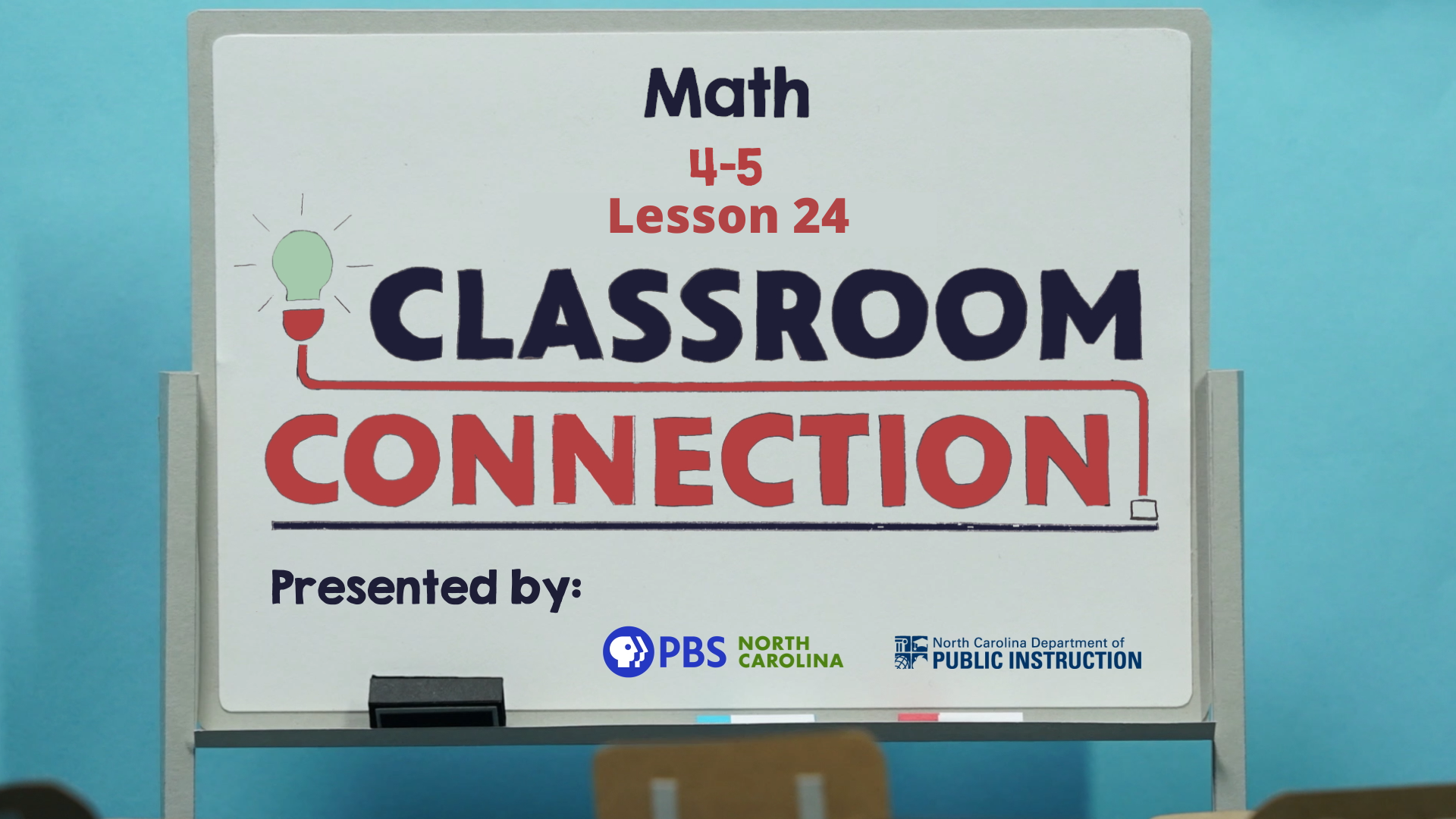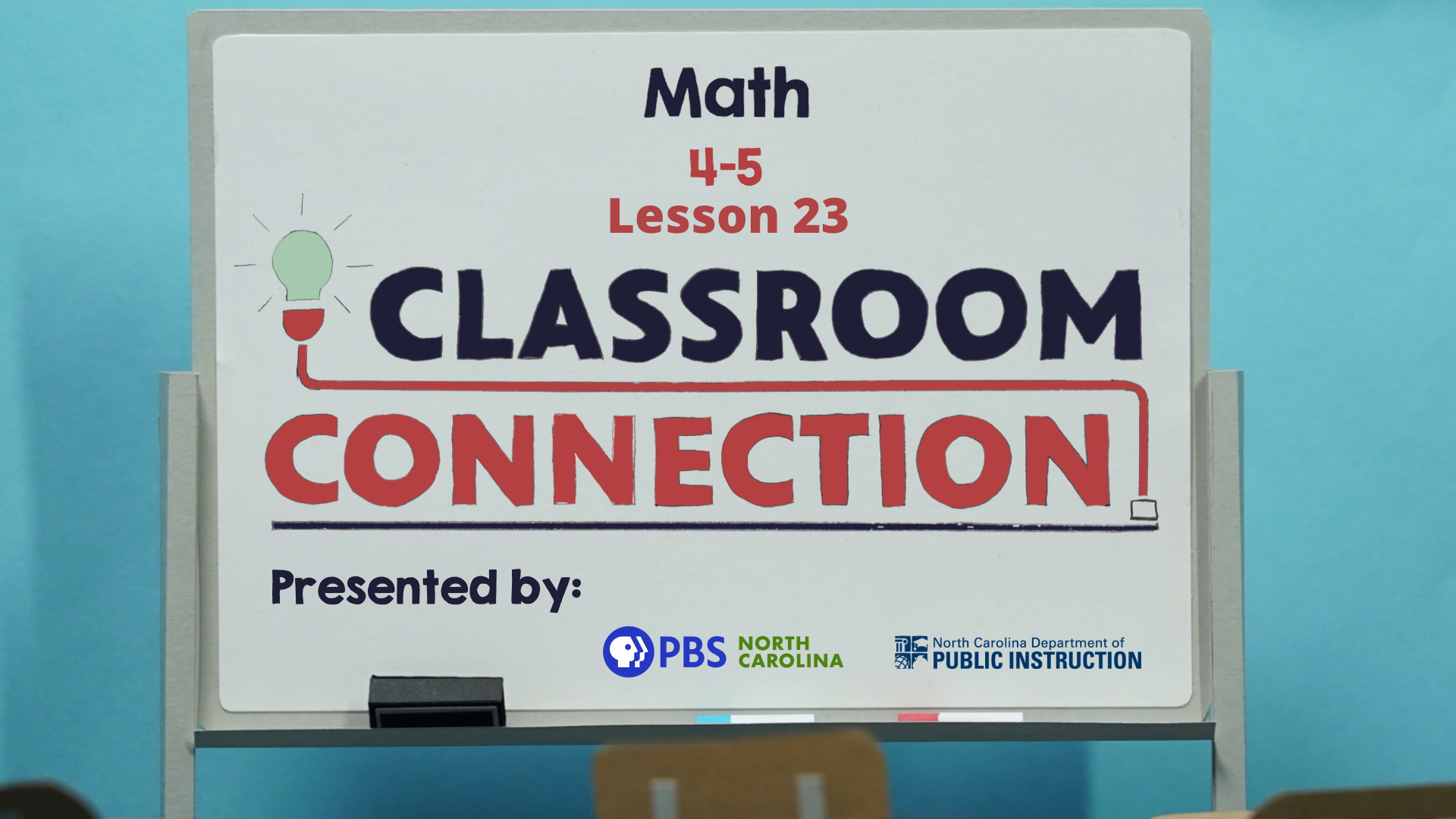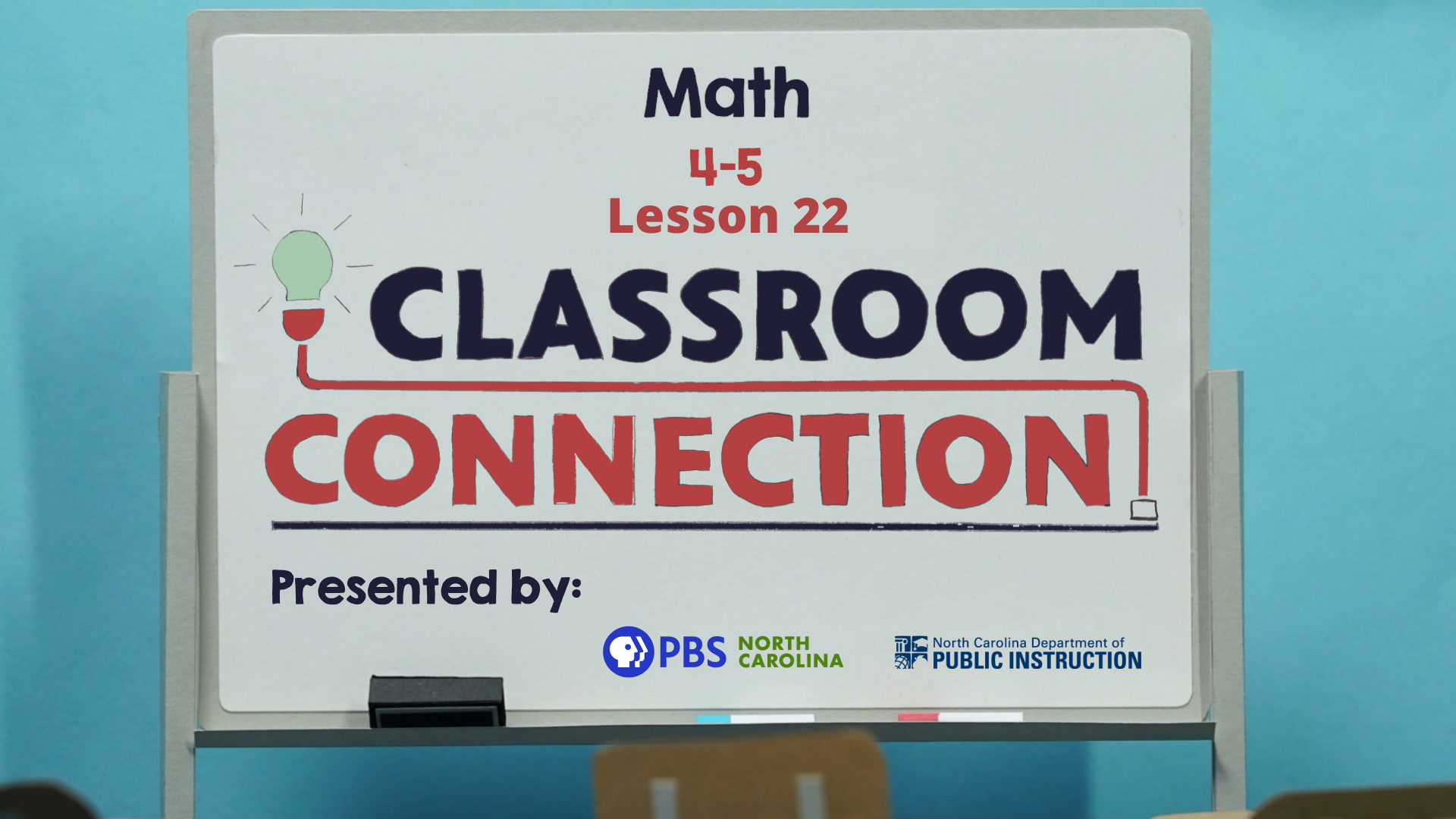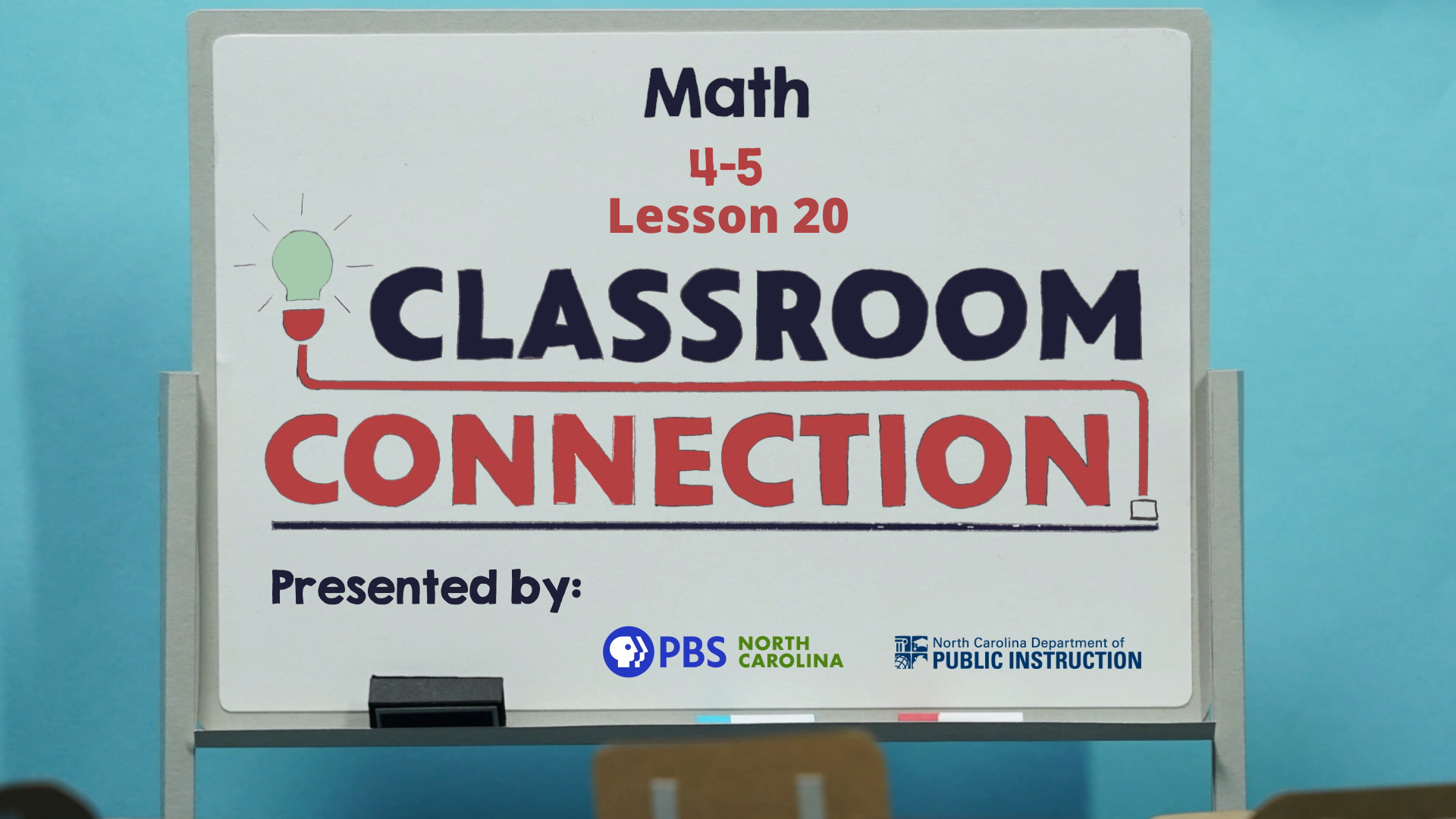Use appropriate tools strategically. Mathematically proficient students consider the available tools when solving a mathematical problem. These tools might include pencil and paper, concrete models, a ruler, a protractor, a calculator, a spreadsheet, a computer algebra system, a statistical package, or dynamic geometry software. Proficient students are sufficiently familiar with tools appropriate for their grade or course to make sound decisions about when each of these tools might be helpful, recognizing both the insight to be gained and their limitations. For example, mathematically proficient high school students analyze graphs of functions and solutions generated using a graphing calculator. They detect possible errors by strategically using estimation and other mathematical knowledge. When making mathematical models, they know that technology can enable them to visualize the results of varying assumptions, explore consequences, and compare predictions with data. Mathematically proficient students at various grade levels are able to identify relevant external mathematical resources, such as digital content located on a website, and use them to pose or solve problems. They are able to use technological tools to explore and deepen their understanding of concepts.
Standard Type
Michigan State Math StandardsRelated Lessons

Comparing and Ordering Decimals
Use the number line to place, compare, and order decimals to the hundredths. Use estimation and an algorithm based on place value to add decimals to hundredths. Use the number line to place, compare, order, and add decimals to the hundredths.

Fractions as Decimals
Match visual models to the numbers they represent in fraction and decimal format. Solve problems with decimal fractions. Match visual models to the numbers they represent in fraction and decimal format.

Multiplying and Dividing Fractions
Use visual models and equations to solve problems involving multiplying and dividing fractions. Use models & equations to solve problems involving multiplying and dividing fractions.

Multiplying Fractions
Use visual models, repeated addition, and multiplication to solve problems with equal sized groups. Compare the strategies to see which one is most efficient. Use visual models, addition, & multiplication to solve problems with equal sized groups.

Adding and Subtracting Fractions Part 2
Use estimation and visual models to solve problems involving adding fractions with unlike denominators. Solve problems involving adding fractions with unlike denominators.
